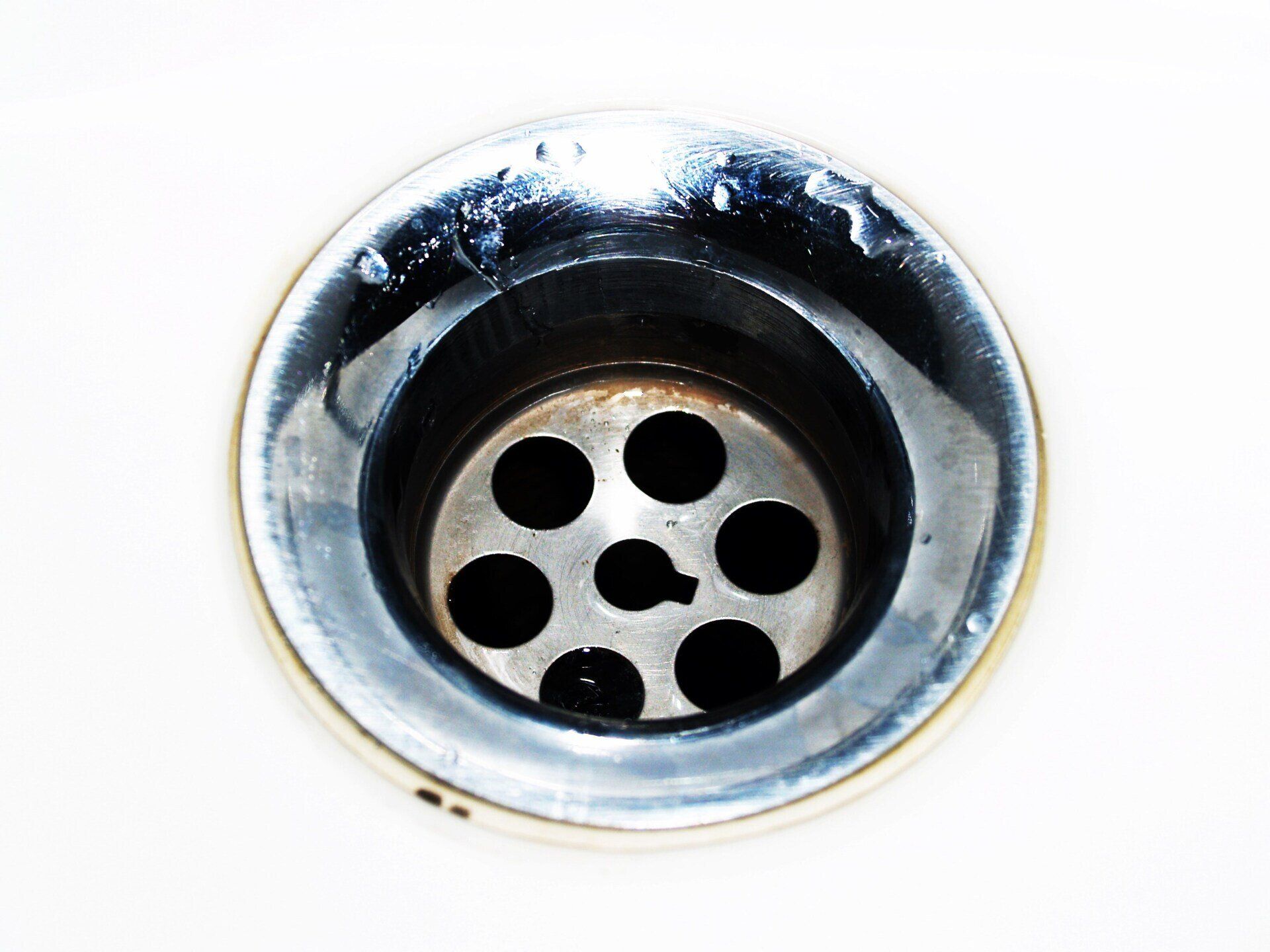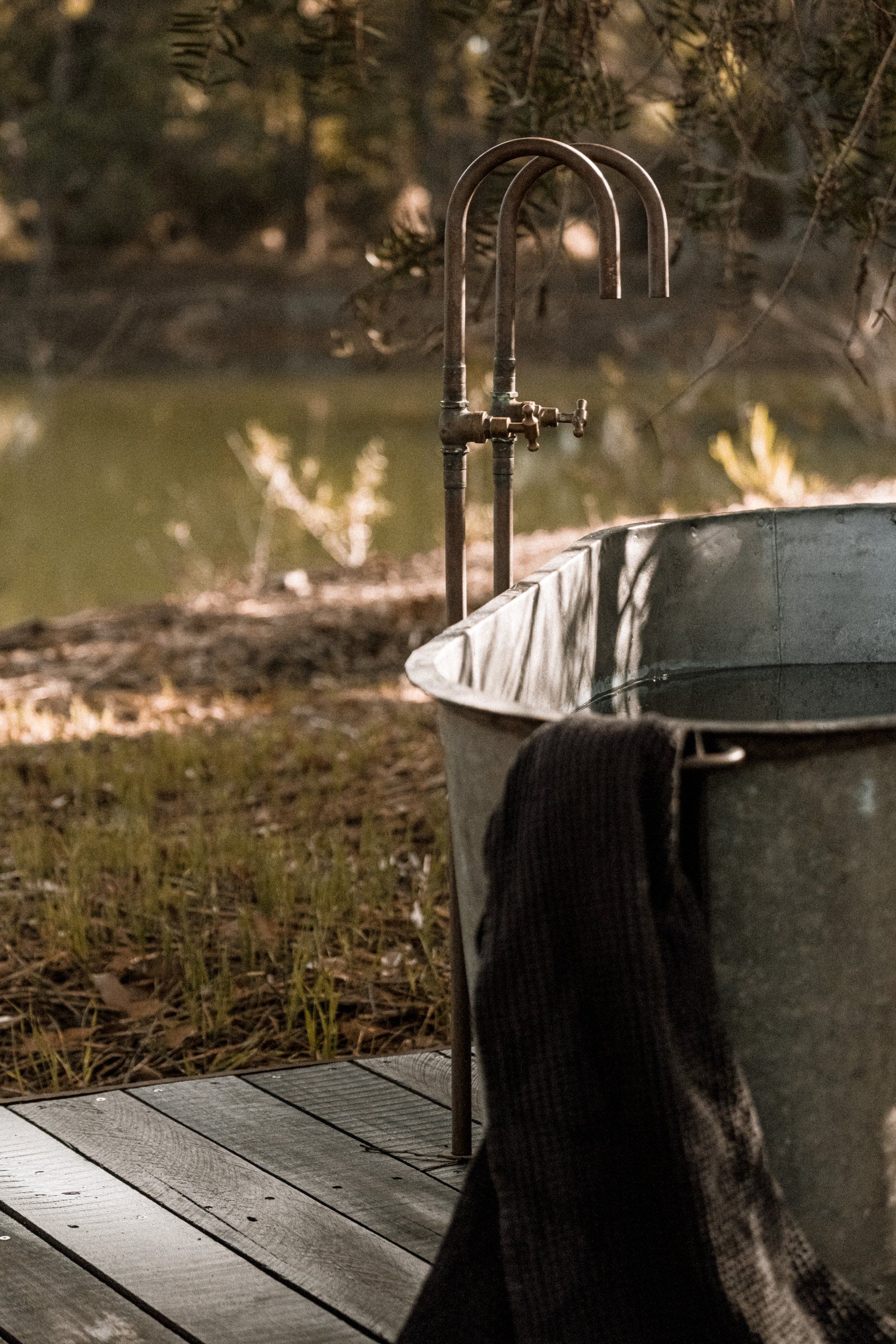In search of Your Septic Tank? Here's how to Locate It
In search of Your Septic Tank? Here's how to Locate It
"It's 9:00. Do you know where the septic tank is?" Okay, maybe that's a little exaggerated, but many consumers frequently ask this. This is mostly true for new homeowners who are unfamiliar with their home's inner workings or have not yet required septic tank service.
Knowing your septic tank location is essential for maintenance and when planting new vegetation on your property. If you are looking for your tank, we have some helpful suggestions for you.
Why must you know the location of your septic tank?
If your home does not use municipal sewage services, then you very probably have a septic tank on your property to redirect and store all effluent.
A septic system is reliable and cost-effective, but it is not completely maintenance-free. The EPA recommends that septic tanks be inspected every three years and pumped every three to five years. There may possibly be an issue with the tank or the pipes. In these situations, you will need to know the location of the septic tank in order to get it serviced.
Where to locate your septic tank?
- Inquire of your neighbors: If you have a septic tank, your neighbors probably do as well. Perhaps someone will know where your tank is or will be able to assist you narrow down your search.
- Examine public documents: Your local county or municipality may have on file a septic tank map with dimensions and a diagram of your property. Before going to the local records office, examine the home inspection report from when you purchased the property to see if septic tanks and their locations are mentioned.
- Follow the sewer lines: If you must manually locate the tank, begin in the basement and identify the sewer pipe that exits in the house. This pipe has a usual diameter of four inches. Then, proceed outdoors to the opposite side of the wall. Using a metal soil probe to create small holes in the earth along the pipe's path, locate the tank. Once you touch the smooth top surface of the tank with the probe, you'll notice a difference.
- If you have a huge property, it can feel like you're looking for a needle in a haystack. To simplify your search, you can eliminate places close to structures, paved surfaces, the water well, and, ideally, huge trees and vegetation. It is also conceivable that you will notice a patch of grass near the tank that is greener or growing more rapidly.
- Find the lid of the septic tank: Regardless of how you zero in on the position of the tank, you may need to perform a bit of digging to unearth the lid. You can use the soil probe to determine the perimeter of the tank, which will be a roughly 5x7-foot rectangle in most cases. Once the perimeter has been identified, begin digging in the center and work your way outward until you discover the lid. However, unless you are immediately servicing the tank, there is no reason to open the lid and release the noxious gases.
After locating your septic tank, secure the map or note the spot for future reference. This will prevent you from constructing structures or growing deep-rooted plants near the sewer line and septic tank's path. A map or hand-drawn diagram could be useful when selling your home.
Get a
FREE Quote
Plumber Fort Mcmurray Quote
We will get back to you as soon as possible.
Please try again later.
You might also like


Quick & Reliable
We are available 24/7 via email or telephone
Expert Plumber Grande Prairie
The region's professional plumbing service.
7823 98 St, CC, Grande Prairie, AB T8V 3T6
Navigation
Services
Disclaimer - This is a referral site. All work is performed by a licensed partner 152033A, 152034A


